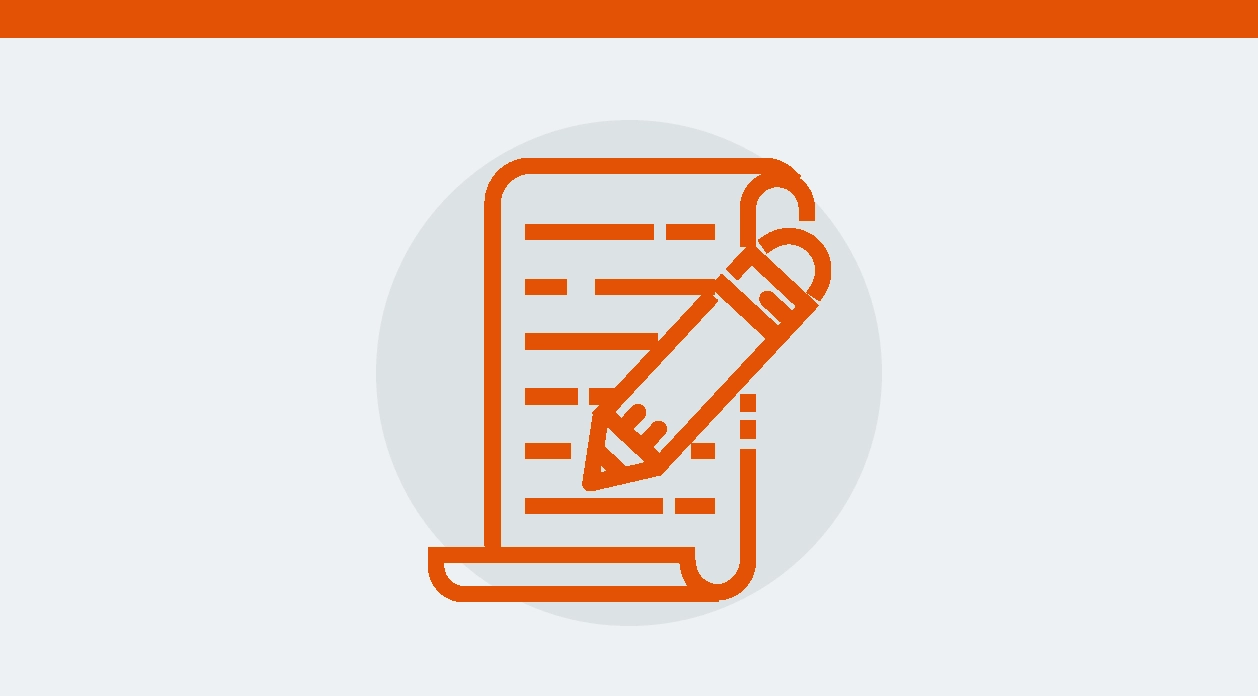Organizations measure their business functions with the utmost precision, and for good reason. Clear visibility of key metrics allows leaders to identify patterns both good and bad, and implement strategic changes that set the organization on the right path should it steer off course. The same approach must be applied to the public sector procurement office, where construction procurement metrics and indicators serve an equally important purpose.
Measurable Construction Procurement Metrics
While many government agencies have a set of metrics in place, they could be outdated or uncalibrated with the most critical trends of the day. To help align priorities, here are a handful of key performance indicators that procurement teams should account for as they navigate their construction projects.
1. Delivery Accuracy and Time
The procurement department’s primary task is to ensure the complete and consistent fulfillment of materials and labor demands from the organization, making these metrics arguably the most important of the bunch. Just as material orders from suppliers must be tracked, in terms of construction delivery, procurement departments can measure time from project identification to the start of construction, and project duration as a whole. Officers need to adopt a more business-like approach to this KPI if they truly want to improve their procurement operations.
2. Project Delays and Shortfalls
Some metrics need to be implemented as part of a more risk-aware approach for the procurement department to maximize its value within the organization. Tracking project delays is a great place to start such a process. Firms must be aware of even small shortcomings in project schedules, as these can quickly add up to a lot of lost time and productivity. The cause of the delays should also be identified and recorded.
Project location could be a factor, while change orders and equipment orders may also contribute to delays. Each project may have its own scheduling challenges, and procurement departments should pinpoint these as soon as possible.
3. Total Cost Savings Per Project
From the perspective of the general public and leading government stakeholders, financial acuity is probably the most closely-analyzed metric in the procurement arena. Budgets at the municipal, state and federal levels are more strict than ever before. Purchasing officers must allocate their resources wisely so as to not disrupt the delicate financial balance of their organizations.
4. Adherence With Key Regulations
While this is not a quantitative metric per se, organizations have come up with formulas to gauge their levels of compliance with important regulatory standards. Especially now that expectations are rising for sustainability and green procurement, leaders need to be highly attuned to these measures.




